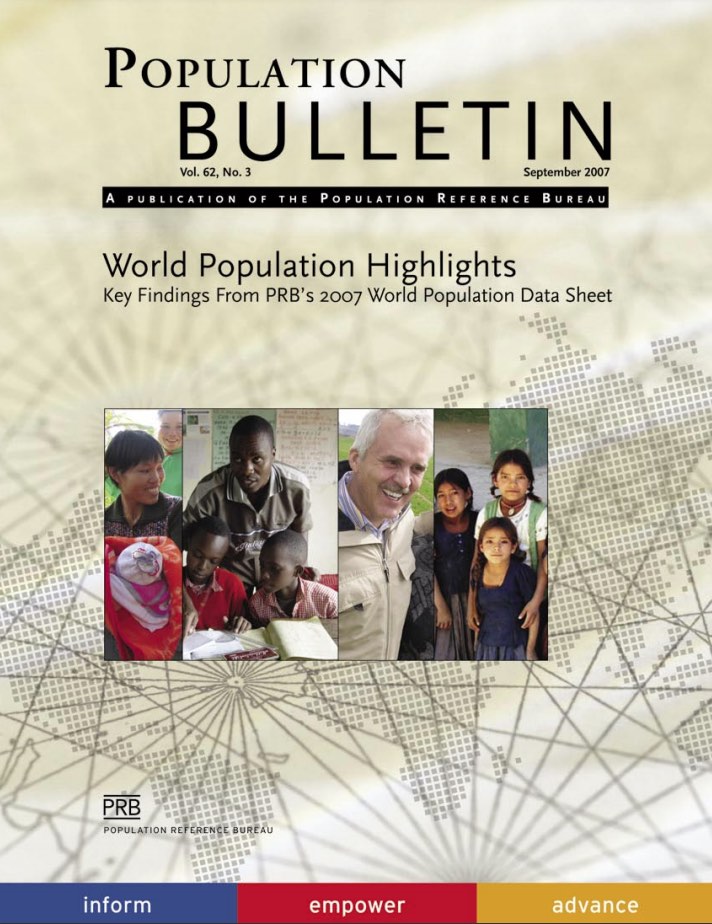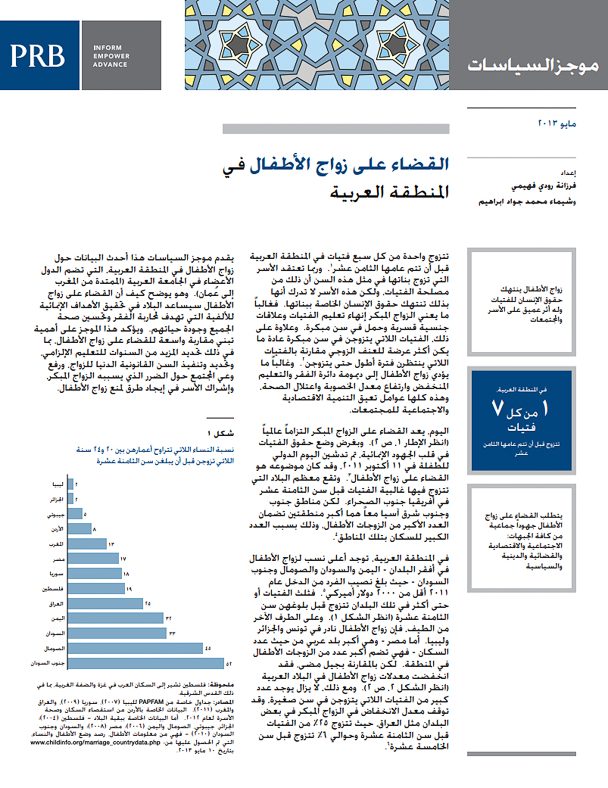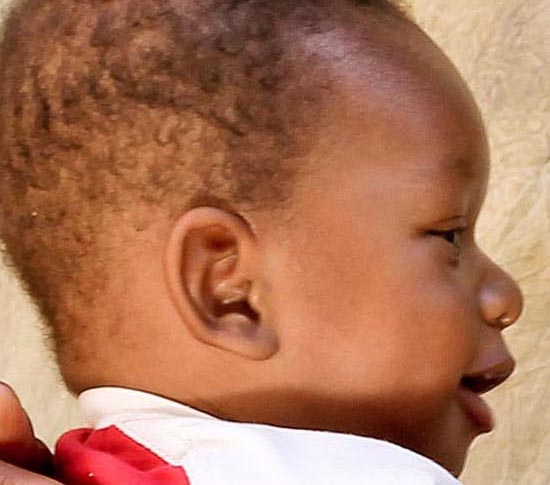485 Search Results Found For : "A 비트코인거래{WWW․BYB․PW} 비트코인매매 비트코인투자♪비트코인리딩⒁KG ETS KOD"

Census-Taking More Frequent, Less Controversial in Canada
(2001) As Americans wait for the detailed results of the 2000 U.S. census, Canadians are preparing for their twice-a-decade head count.

How Does the U.S. Census Bureau Count People Who Have More Than One Address?
The U.S. Census Bureau aims to count each person once—and only once—in the decennial census. It does that by determining how many people live at a every residential address.
A Demographic Profile of U.S. Workers Around the Clock
(2008) The nature of work continues to change dramatically with the extension of work operations around the clock being one of the most striking alterations.
The Grandmother Project’s New Approach to Ending Female Genital Mutilation
(2010) Female genital mutilation (FGM), also known as female genital cutting or female circumcision, is the cutting, altering, or injuring of any or all parts of the female genitalia for nonmedical purposes.

Project: Middle East and North Africa Program (MENA)
Ending Child Marriage in the Arab Region
(2013) This policy brief presents the latest data on child marriage in the Arab region, which includes members of the League of Arab States (stretching from Morocco to Oman). Arabic and English versions.

MOMENTUM Knowledge Accelerator
Supporting improvements in voluntary family planning and reproductive health activities, including their integration with maternal and child health programs.
What Can Be Done to Protect the Chimpanzees and Other Great Apes of Africa?
(August 2006) The chimpanzees of Gombe National Park in Kigoma Region, Tanzania, have come under increased pressure from four decades of high human population growth in the region and an associated increase in human activity and disease.
